In the late 19th and early 20th centuries, New York City streets were covered in dirt, horse manure, and trash. Before modern sanitation systems, cleaning the streets was a tough and dirty job. Workers used brooms, shovels, and carts to clear waste from the roads.
In 1895, sanitation commissioner George Waring changed the system. He organized a team of street cleaners dressed in white uniforms. These “White Wings” marched through the city, sweeping and collecting garbage. Their presence made a difference. Streets became cleaner, and the air smelled fresher.
Before motorized trucks, horse-drawn carts hauled away the city’s waste. Workers loaded barrels of trash by hand. In winter, they cleared snow and ice with heavy shovels. The job was exhausting, but the city depended on them.
By the mid-20th century, technology improved sanitation work. Garbage trucks replaced carts. Mechanical sweepers brushed dirt from the roads. Protective gear made the job safer, but it remained physically demanding.
Street cleaners worked long hours, often before dawn. They swept sidewalks, emptied trash bins, and kept storm drains clear. Without them, the city would have been buried in filth.
Even as New York grew, sanitation workers kept the streets moving. Their work was rarely noticed, but it was essential.


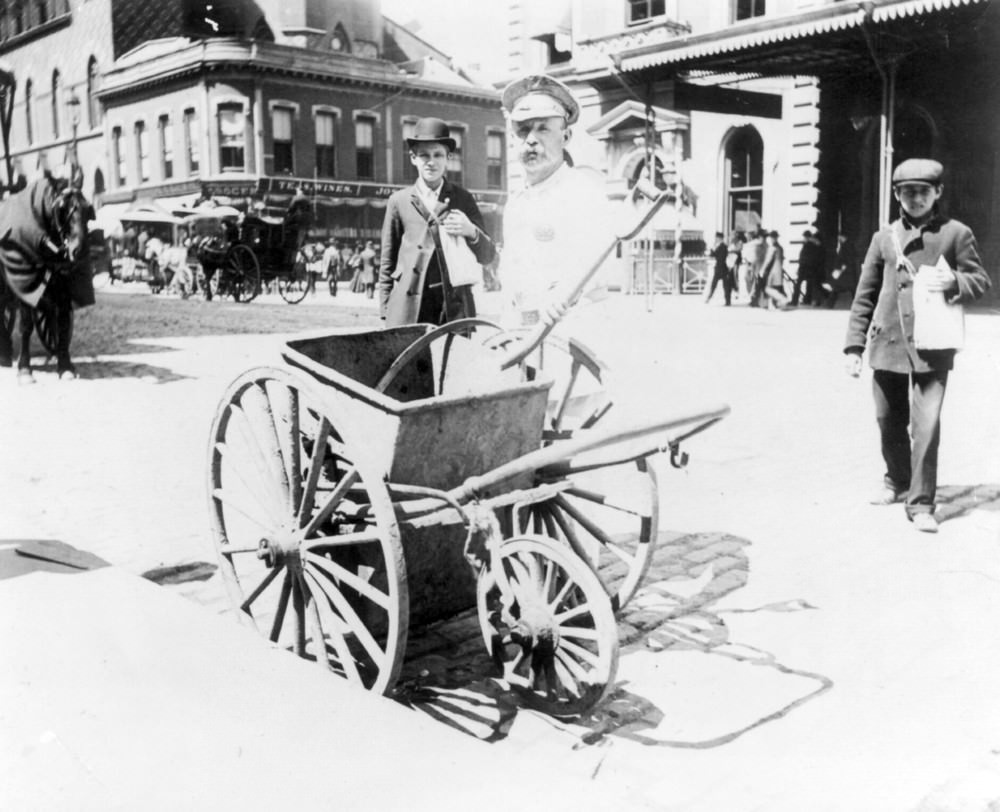
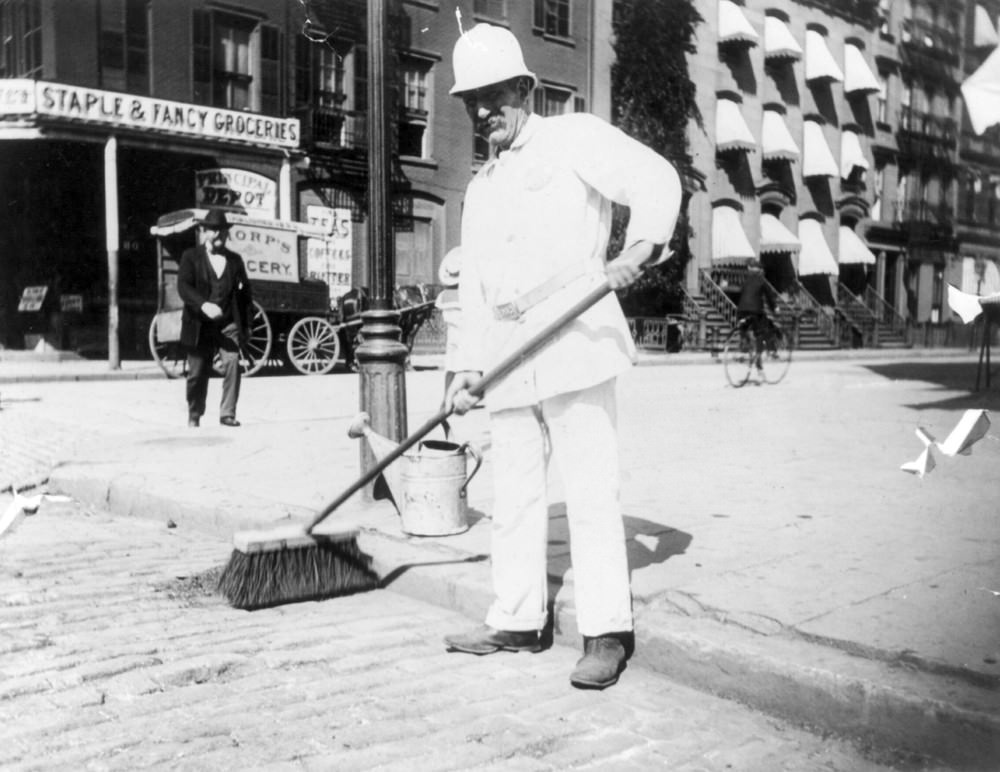
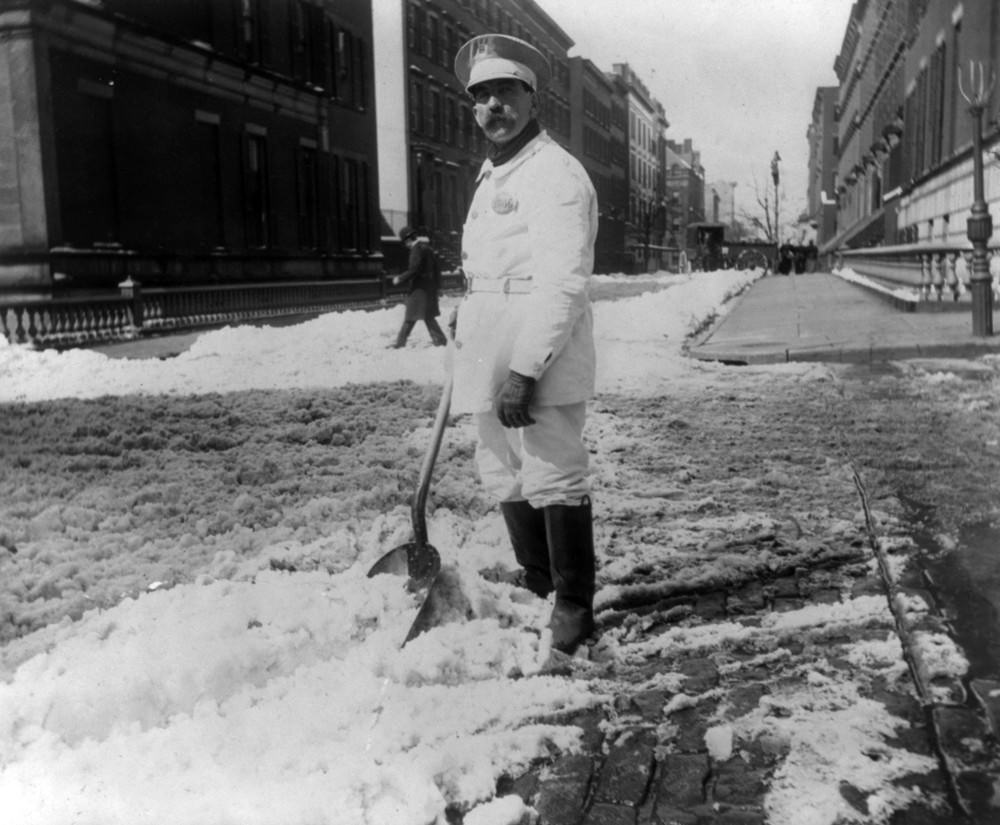
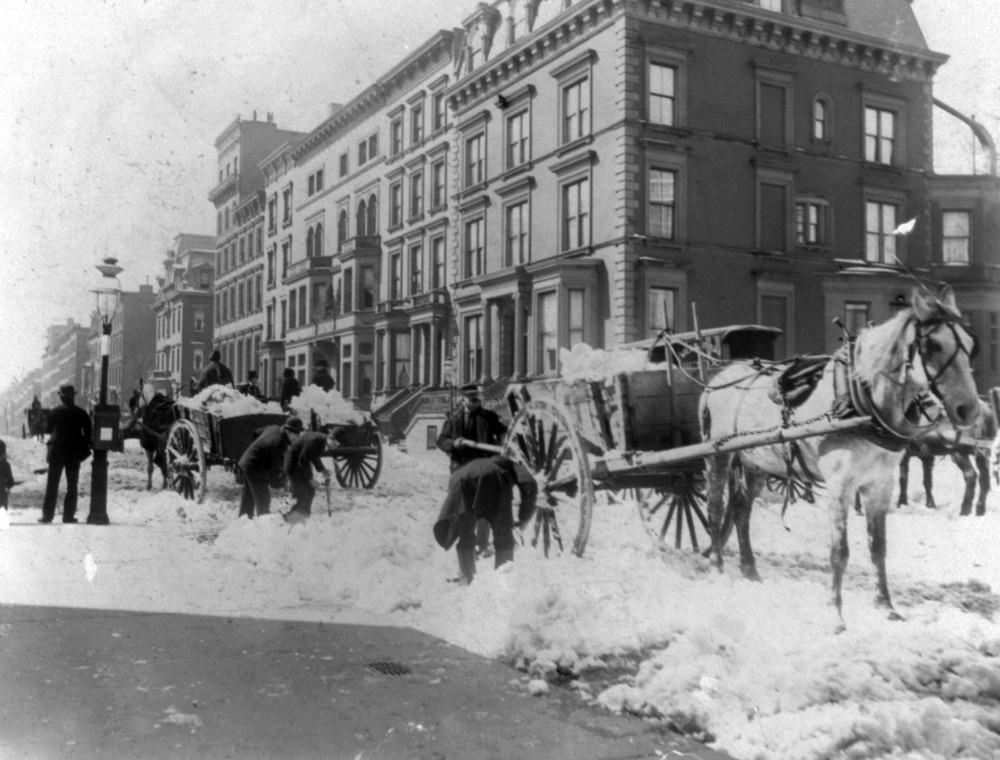
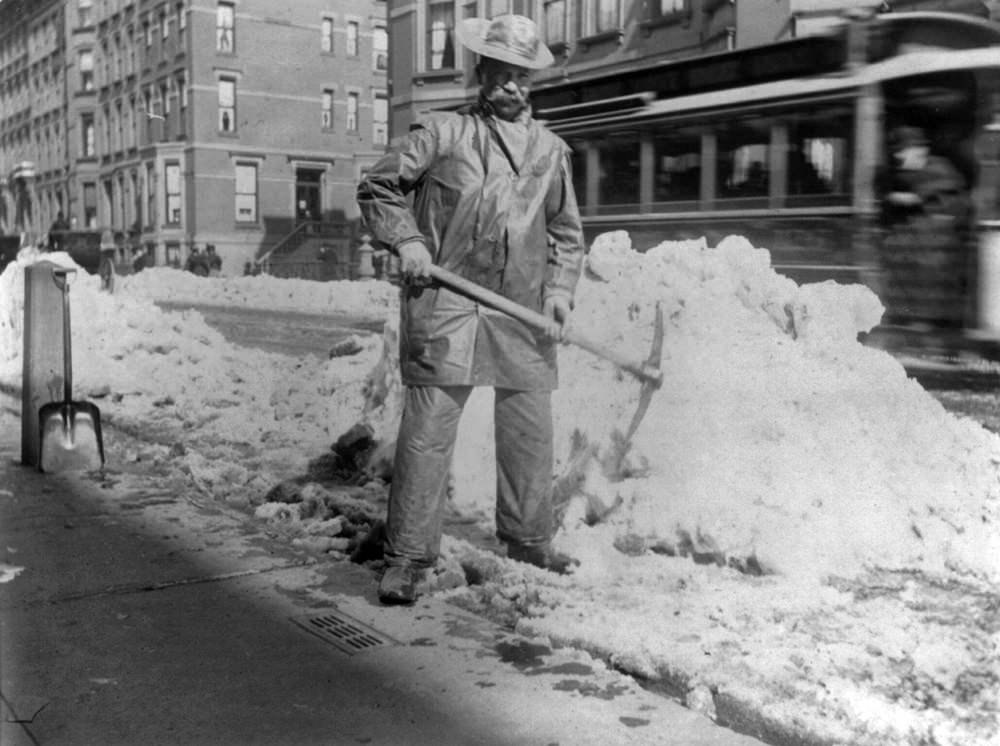
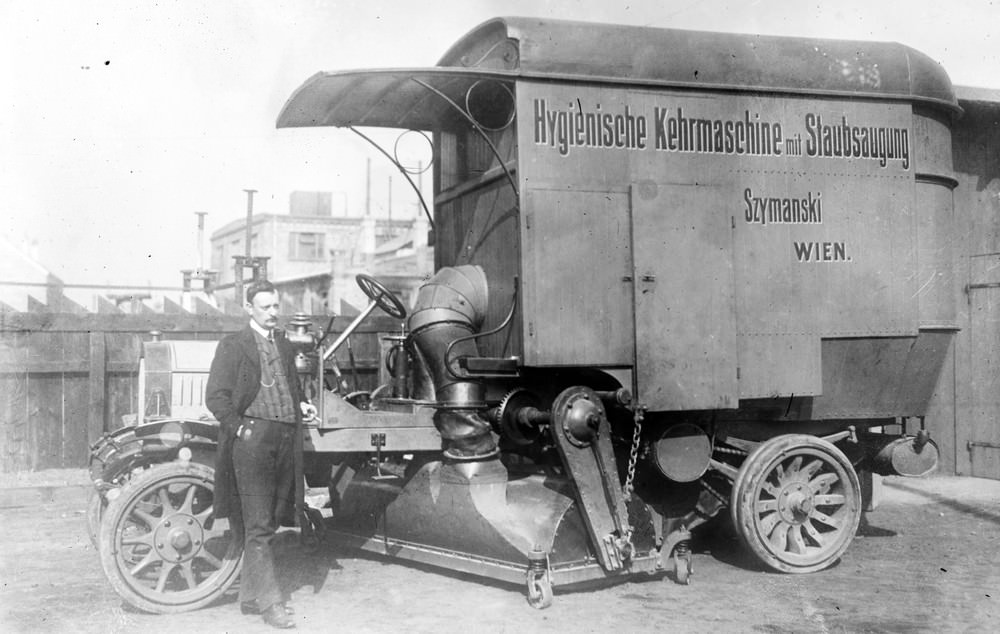
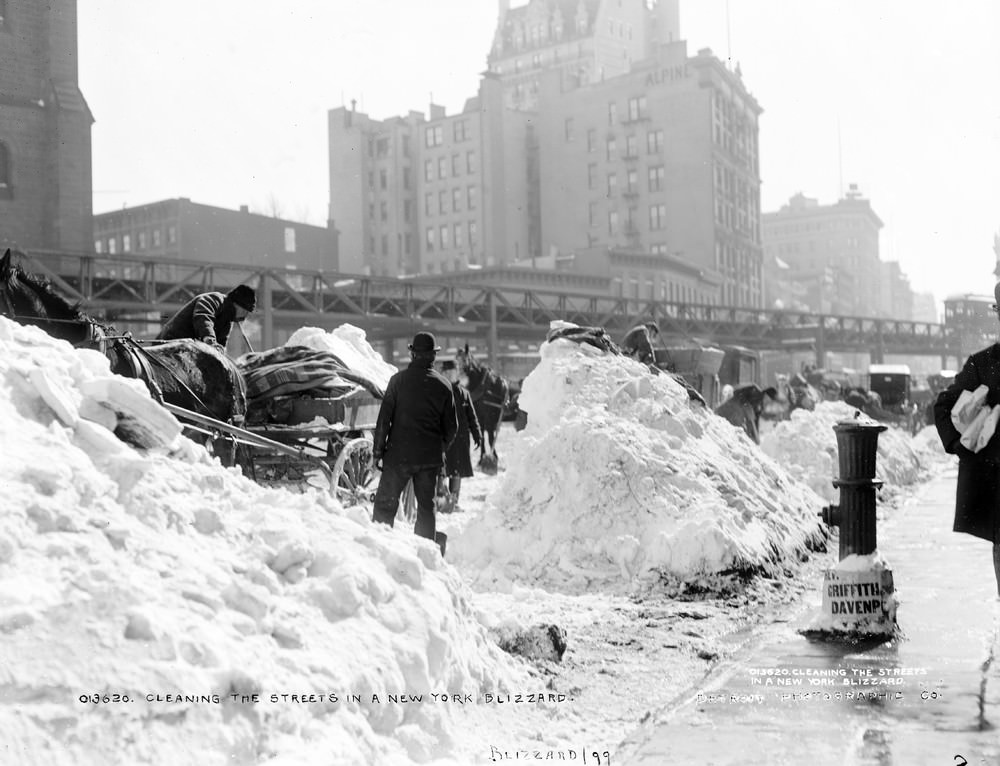



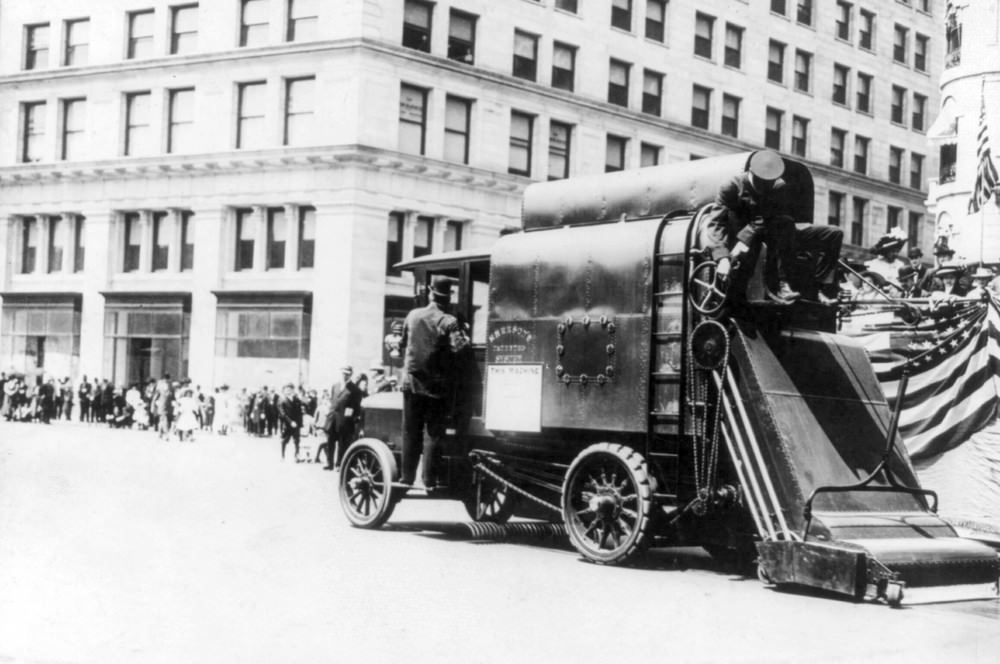
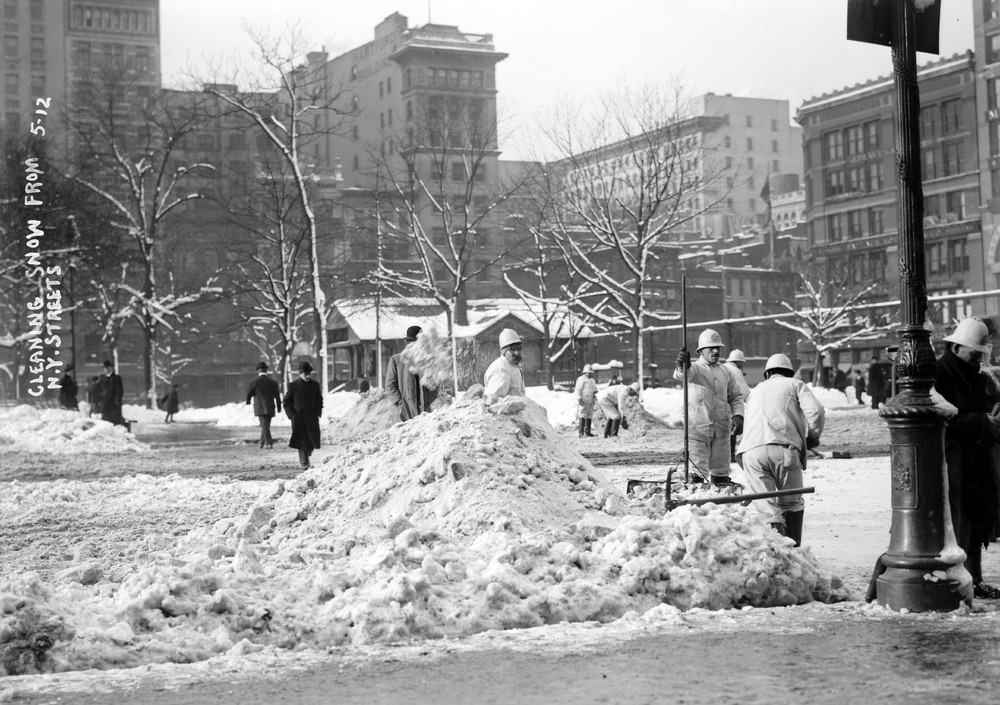
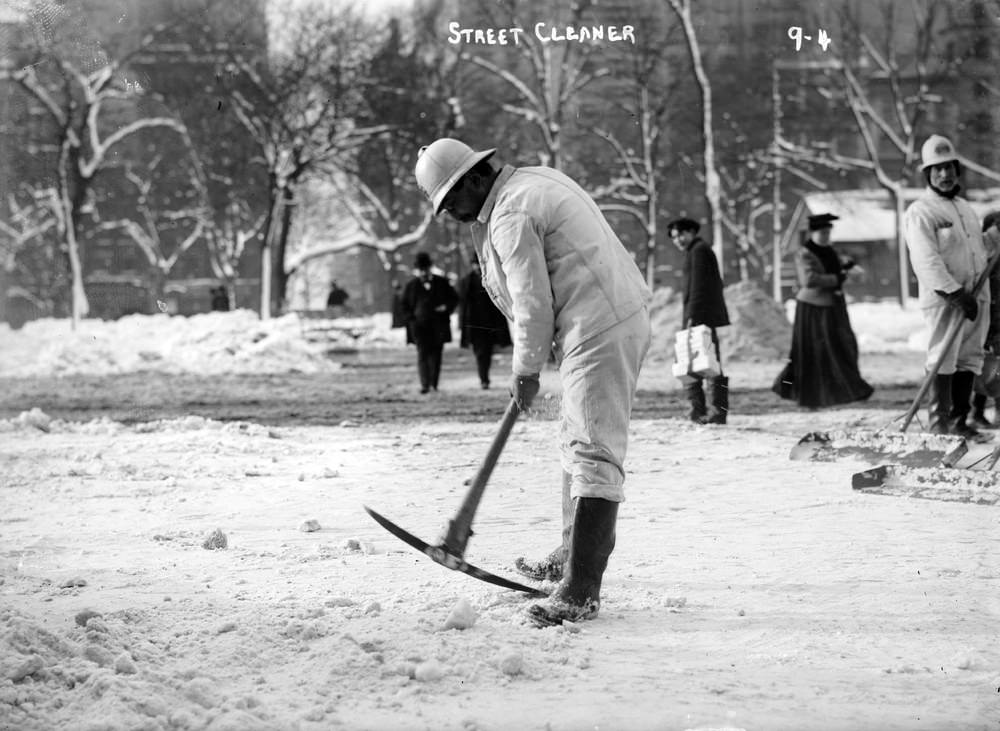
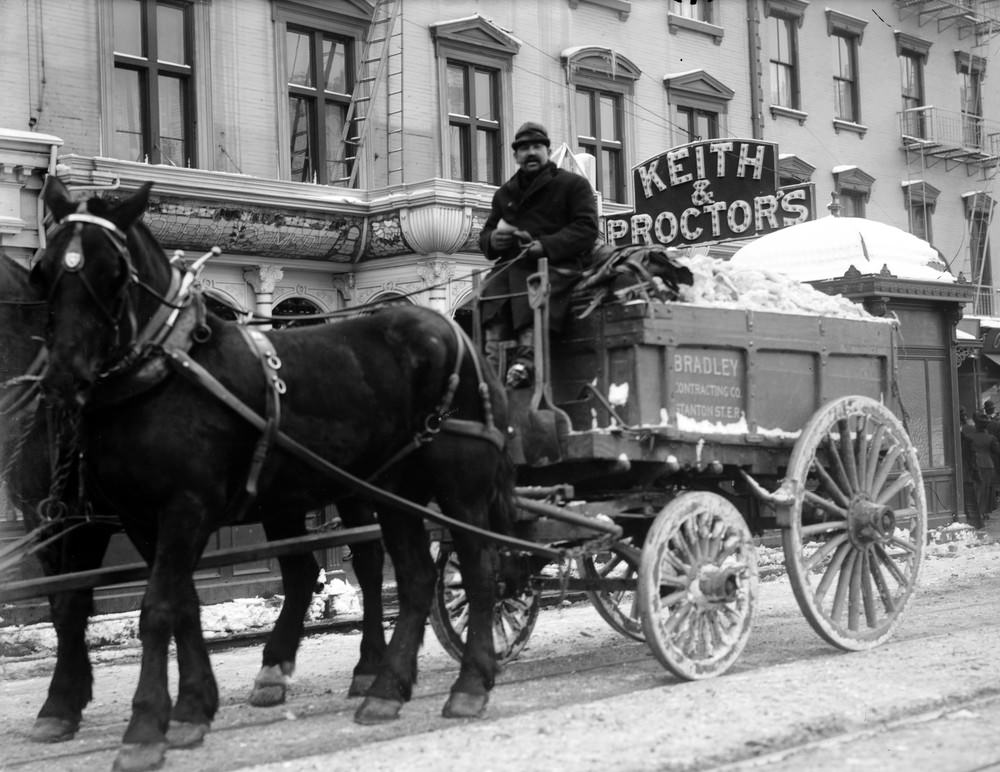



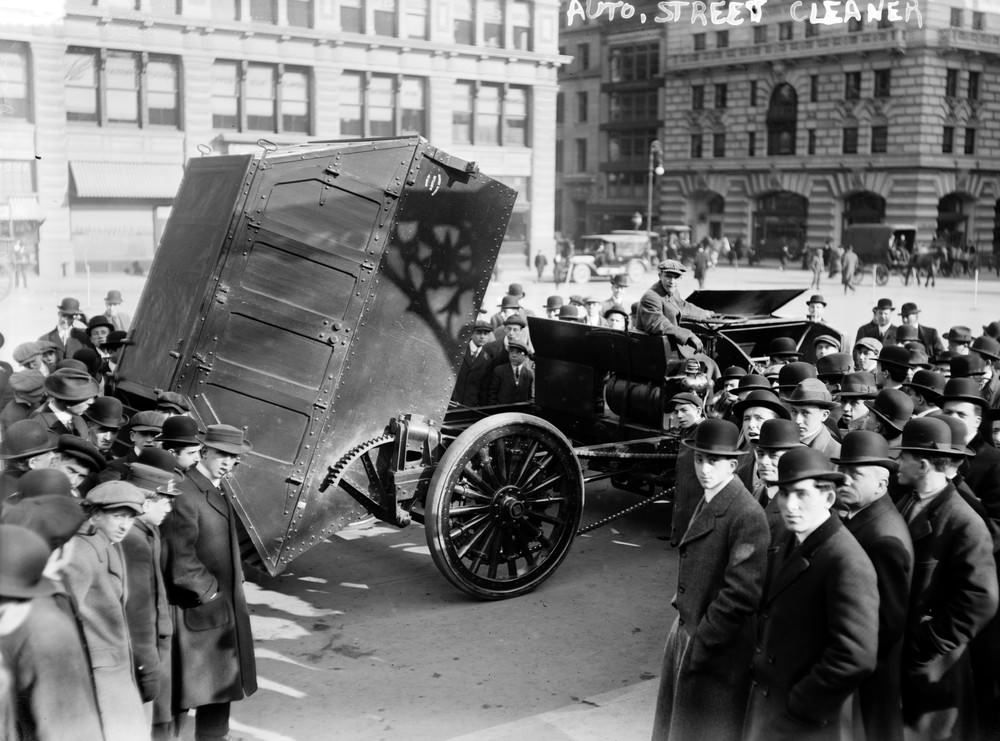


GIPHY App Key not set. Please check settings